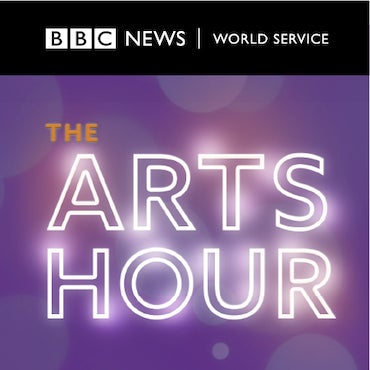JerseyCAN school rankings get to heart of achievement gap

(Image from Jersey Can website)
This is part of a series from education blogger Laura Waters of NJ Left Behind.
This past April the N.J. Department of Education unveiled its new “School Performance Reports,” replacing the tired summative analyses of each public school in the state. Last week a new organization called JerseyCAN, an arm of the national education reform group called 50CAN, released its own N.J. school profiles called “The 2013 School Report Cards.”
If the state education department’s Performance Reports are caricatures of granularity, the JerseyCAN Report Cards are monuments to simplicity. There’s no middle ground here, only two extremes, and it’s not too hard to find flaws in both versions. Nonetheless, they offer a consistent portrayal of New Jersey’s public school system.
Bari Erlichson, chief performance officer at the DOE, writes in introductory comments that while the Performance Reports “seek to bring more information to educators and stakeholders about the performance of schools, they do not seek to distill the performance of schools into a single metric, a single score, or a simplified conclusion. Instead, the hope is that educators and stakeholders will engage in deep, lengthy conversations about the full range of the data presented.”
JerseyCAN prefaces its inroad into public school performance analysis with a nod to statistical limitations: “In many cases, we at JerseyCAN have chosen to provide more simplified measures of performance. Our goal is for the JerseyCAN report cards to complement the N.J. DOE’s performance reports and provide another view of the data.”
While JerseyCAN’s profiles have been largely ignored, the DOE analyses have gotten lots of attention. NJEA, N.J.’s primary teachers’ union says the state’s Performance Reports are “misleading.” A number of superintendents and board members have complained about the DOE’s new practice of comparing schools within a cohort of obscurely-rendered “peer groups.” (For further guidance, knock yourself out and read the DOE’s “Interpretive Guide” and the “Peer Group Methodology White Paper.”)
One could make a case that both sets of reports are politically-driven. After all, harsh spotlights on N.J.’s achievement gaps sync up better with an education reform agenda than with a model that values traditional public schools.
Politics aside, there’s never been more information out there about individual school performance. Here’s an example.
Click on JerseyCAN’s one-page profile of Camden High School and you’ll find that 28 percent of juniors and seniors meet proficiency targets in reading and math. Forty-three percent of the senior class meet the requirements for high school graduation.
The high school rankings – there’s lots of Top Ten lists — put Camden High School 397th in performance among N.J.’s 399 high schools. (The lowest ranked school, #399, is Newark Public Schools’ Fast Track Academy. The bare-bones nature of the list glosses over the fact that this school serves older kids, ages 17-21, who have dropped out of other high schools. The penultimate school in the ranking is another Camden public high school, Woodrow Wilson.)
That’s it. Neat, quick, and easy to navigate.
Now let’s look at the DOE’s School Performance Report of Camden High School. Brace yourself: it’s eleven pages long and loaded with complex statistical analysis that deems the school to “significantly lag” behind other schools. Grovel in data to your heart’s content: enrollment trends (down), percentage of special education students (a whopping 38 percent!), percentage of kids meeting proficiency targets (16 percent in math and 53 percetn in language arts), college and career readiness measurements (26 percent of the kids took the SAT and just 2 percent scored above 1550). And that’s just for starters.
Now check out the alternate universe of N.J.’s highest-performing schools. According to JerseyCAN, our top high school is Union County Vocational Technical School: it has no achievement gap among students and 100 percent of its kids reach academic proficiency. Everyone graduates. It’s worth noting that 19 of the top 20 schools in JerseyCAN’s list are all run by county vo-tech districts, which often function as magnet schools. (Number 2 on the list is Newark’s North Star Academy, a charter school.)
The DOE’s analysis of Union County Vo-Tech, predictably, has far more detail and nuance. The students’ academic achievement is “very high” among its peer group:” This school outperforms 97 percent of schools statewide as noted by its statewide percentile ranking and 100% of schools educating students with similar demographic characteristics.” 53 percent of its kids are black or Hispanic, 25 percent don’t speak English at home, 29 percent have disabilities, and 85 percent take the SAT. Everyone graduates. Read it and grovel.
Sure, you can grumble too: has the DOE has strayed too far into the weeds? Is JerseyCAN’s analysis overly simplistic?
Maybe. But if information is power, New Jerseyans interested in school performance carry a bigger stick.
___________________________________________________________
Laura Waters is president of the Lawrence Township School Board in Mercer County. She also writes about New Jersey’s public education on her blog NJ Left Behind. Follow her on Twitter @NJLeftbehind.
WHYY is your source for fact-based, in-depth journalism and information. As a nonprofit organization, we rely on financial support from readers like you. Please give today.




